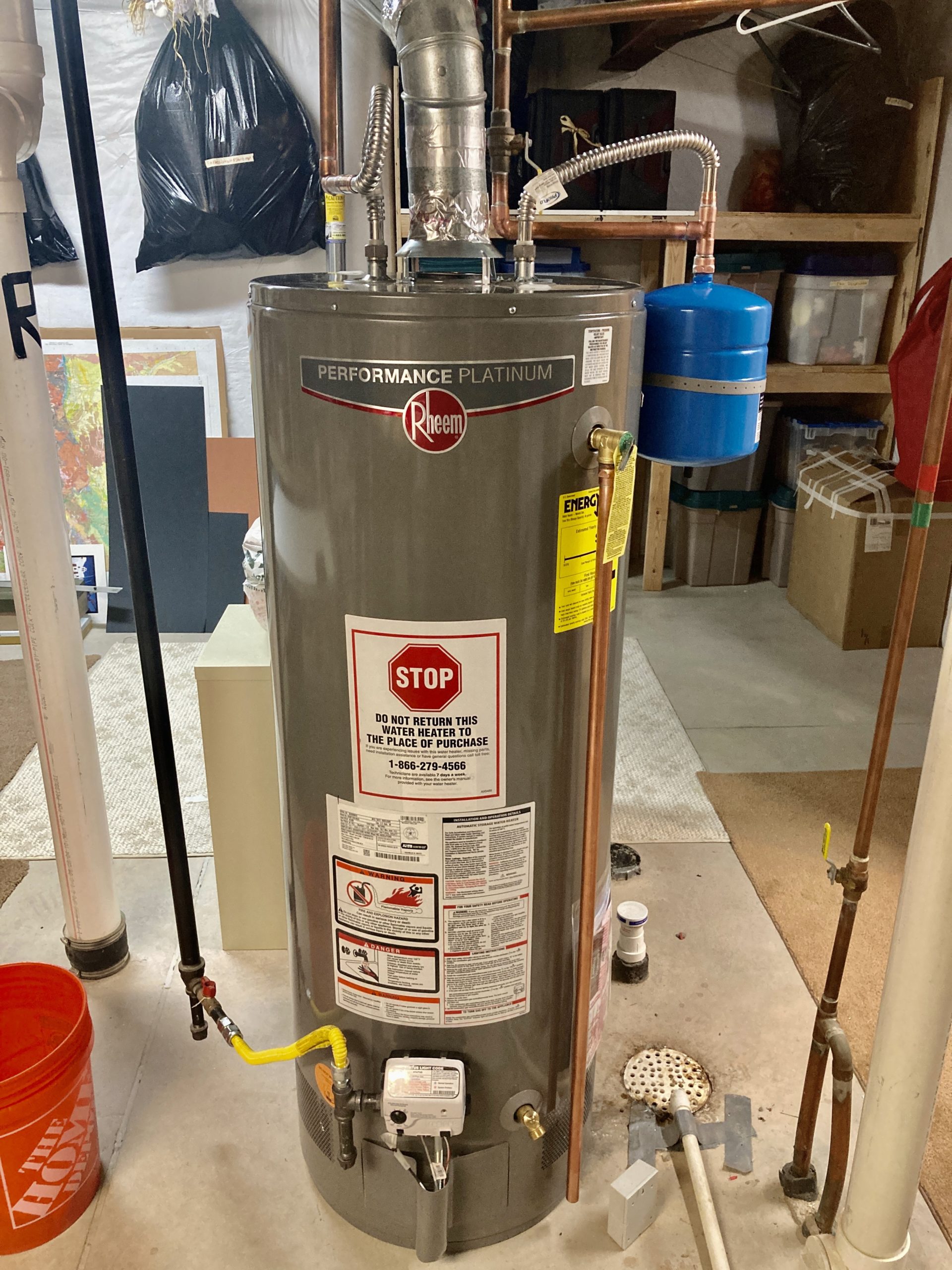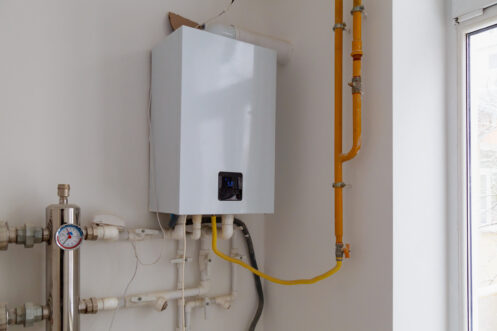Making Sure Longevity of Your Home's Hot Water System: Care Advice
Making Sure Longevity of Your Home's Hot Water System: Care Advice
Blog Article
Almost everyone may have their unique rationale involving Tips on Maintaining a Water Heater.

Hot water is vital for daily comfort, whether it's for a refreshing shower or cleaning dishes. To guarantee your hot water system runs successfully and lasts much longer, regular maintenance is crucial. This article gives practical ideas and insights on exactly how to preserve your home's warm water system to stay clear of disruptions and expensive fixings.
Intro
Keeping your home's hot water system may appear challenging, however with a couple of straightforward steps, you can ensure it runs efficiently for years to come. This guide covers whatever from recognizing your hot water system to DIY upkeep tips and understanding when to employ specialist help.
Importance of Maintaining Your Hot Water System
Routine maintenance not only prolongs the life-span of your warm water system yet also ensures it operates efficiently. Overlooking upkeep can bring about decreased effectiveness, greater energy bills, and also early failing of the system.
Signs Your Hot Water System Requirements Upkeep
Understanding when your warm water system requires attention can avoid significant concerns. Keep an eye out for signs such as inconsistent water temperature, weird sounds from the heating unit, or rustic water.
Flushing the Water Heater
Flushing your water heater removes debris buildup, enhancing effectiveness and lengthening its life.
Monitoring and Changing Anode Rods
Anode poles protect against deterioration inside the container. Evaluating and changing them when broken is critical.
Facility Problems Calling For Expert Assistance
Examples include significant leakages, electric issues, or if your hot water heater is regularly underperforming.
Routine Professional Maintenance Conveniences
Expert maintenance can consist of complete examinations, tune-ups, and making sure compliance with security requirements.
Examining and Changing Temperature Settings
Readjusting the temperature level settings guarantees optimal efficiency and safety.
Do It Yourself Tips for Maintenance
You can perform several upkeep jobs on your own to maintain your hot water system in top condition.
Checking for Leakages
Regularly evaluate pipes and links for leaks, as these can lead to water damages and higher costs.
Recognizing Your Hot Water System
Prior to diving into maintenance jobs, it's valuable to comprehend the fundamental components of your warm water system. Typically, this consists of the water heater itself, pipelines, anode rods, and temperature controls.
Monthly Upkeep Tasks
Regular month-to-month checks can assist capture minor issues prior to they intensify.
Evaluating Pressure Alleviation Valves
Checking the pressure safety valve ensures it operates properly and protects against extreme pressure accumulation.
Insulating Pipelines
Insulating warm water pipelines decreases warmth loss and can save power.
When to Call an Expert
While do it yourself maintenance is valuable, some issues call for specialist competence.
Conclusion
Routine upkeep of your home's hot water system is essential for performance, durability, and price savings. By adhering to these tips and understanding when to look for specialist help, you can make sure a trusted supply of hot water without unexpected disruptions.
How to Maintain an Instant Hot Water Heater
Before tinkering with your hot water heater, make sure that it’s not powered on. You also have to turn off the main circuit breaker and shut off the main gas line to prevent accidents. Also turn off the water valves connected to your unit to prevent water from flowing into and out of the appliance. 2. When you’re done, you have to detach the purge valves’ caps. These look like the letter “T†and are situated on either side of the water valves. Doing so will release any pressure that has accumulated inside the valves while at the same time avoid hot water from shooting out and burning your skin. 3. When the purge valves’ caps are removed, you have to connect your hosing lines to the valves. Your unit should have come with three hoses but if it didn’t, you can purchase these things from any hardware or home repair shops. You can also get them from retail stores that sell water heating systems. Read the user’s manual and follow it to complete this task properly. When the hosing lines are connected, open the purge port’s valves. 4. You should never use harsh chemical cleaners or solutions when cleaning your unit. Make use of white vinegar instead. It should be undiluted and you’ll probably use about 2 gallons. 5. Now flush your water heater. This task should probably take about 40 minutes. We can’t give you specific directions for this because the procedure is carried out depending on the type, model and brand of your heater. With that being said, refer to the user’s manual. 6. When you’re done draining the unit, you have to turn off the purge port valves again. Remove the hosing lines that you earlier installed on each of the water valves. Put the valve caps (purge port) back in their respective places and be very careful so as not to damage the rubber discs that are found inside these caps. 7. Now that everything’s back in place, check your user’s manual again to find out how to reactivate your water heating system. 8. Once it is working, turn one of your hot water faucets on just to let air pass through the heater’s water supply pipes. Leave the tap on until water flows smoothly out of it. https://www.orrplumbing.com/blog/2014/september/how-to-maintain-an-instant-hot-water-heater/

Do you like reading up on Water Heater Maintenance Tips You Can't Afford to Forget? Leave a remark below. We will be glad to know your ideas about this write up. We hope that you come back again in the near future. For those who enjoyed reading our post plz consider to pass it around. Thank-you for going through it.
Estimating Report this page